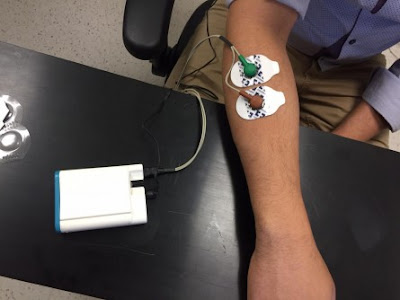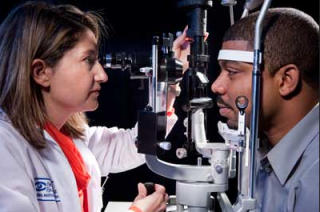Unvaccinated Adults are a Costly Economic Burden
Ever Year in the U.S.
LabelsNewswise, October 31, 2016 -- Many of us have seen the signs
at work, gotten the emails from our health care insurer, or heard the ads on
the radio telling us that it is flu season, and thus time to get an annual flu
shot.
Many Americans will comply with this yearly health edict, but
many will challenge medical wisdom and opt to face their impending exposure to
an onslaught of sneezes, coughs and sniffles without the shield of vaccination.
In fact, the CDC estimates that only 42% of adults ages 18 and older received the flu vaccine for
the 2015-2016 flu season.
This results in many adults getting sick, causing lost days
from work, health care expenses, and even death for those highly susceptible,
such as the elderly.
Vaccines are available for prevention of many illnesses, and
most Americans get a thorough course of vaccinations as children.
There are also vaccines that the CDC recommends for adults, such as those for influenza
(flu), HPV, hepatitis A and B, and meningococcal disease. As we age, our
susceptibility to certain illnesses increases, so the CDC urges older adults to
get immunized against pneumonia, shingles, and influenza, which are
particularly dangerous to the elderly.
Younger adults in late teens to early twenties are strongly
urged to get vaccinated against human papilloma virus (HPV), which is sexually
transmitted and so common that most American adults will contract a
strain of it at some point in their lives.
College-aged adults are also urged to get the meningococcal
vaccine, which protects against a potentially deadly infection that
causes swelling
of the protective coverings surrounding the brain. Many universities
require this vaccine for incoming students prior to allowing them to register
or move in to on-campus housing.
Despite the proven efficacy and minimal risks associated with
vaccines, many American adults continue to forgo getting vaccinations, usually
due to doubt of effectiveness, concerns of the safety of the vaccines, or just
a lack of consistent follow-up on their personal health care needs.
The result is costly health and economic losses, both to
themselves and to the general public.
A recent studyrevealed that illnesses attributable to
vaccine-preventable diseases in the U.S. caused a $9 billion economic burden in
2015. Ninety-five percent of these costs ($8.3 billion) were health care
expenses, with the remaining 5% ($700 million) representing productivity losses,
such as lost income during treatment.
The majority of these costs, approximately $5.8 billion, was
attributed to influenza illnesses alone, even though flu shots are readily
available at low or no cost to both the insured and uninsured in the U.S.
Many employers offer shots free of charge to employees during
flu season, and many health care providers and pharmacies make the vaccine
available at convenient times by holding special flu shot clinics in evenings
and weekends and at community-based locations during flu season.
In addition to the personal health toll vaccine-preventable
illnesses can make on the individual, unvaccinated adults put others at greater
risk of illness through exposure to the diseases.
Children, the immune-compromised, or others who have health
conditions that preclude them from receiving certain vaccinations are put at
unnecessary risk of exposure to illness by the unvaccinated who become sick.
In a place such as
Washington, DC, where there is close contact with many people in crowded public
venues or through the use of public transportation, these risks of exposure and
disease spread are amplified and further illustrates the need for all those who
can to get properly vaccinated.
Vaccines are available to adults for the following 14
illnesses: HPV,
Herpes zoster (shingles),
varicella (chicken
pox), pneumococcal disease (pneumonia), meningococcal disease (meningitis),
influenza (flu), Measles,
Mumps, and Rubella, Tetanus, Diphtheria,
Pertussis (whooping
cough), and hepatitis A and B.
To find a location where flu shots are available, use this link. Many locations also offer vaccinations for the
other 13 diseases for low cost, and health insurance will cover most or all of
these shots as well.
You can also test your Flu I.Q. by taking this CDC quiz.
The O’Neill Institute for National and Global
Health Law at Georgetown University is the premier center for
health law, scholarship, and policy. Its mission is to contribute to a more
powerful and deeper understanding of the multiple ways in which law can be used
to improve the public’s health, using objective evidence as a measure.
The O’Neill Institute seeks to advance scholarship, science,
research, and teaching that will encourage key decision-makers in the public,
private, and civil society to employ the law as a positive tool for enabling
more people in the United States and throughout the world to lead healthier
lives.










